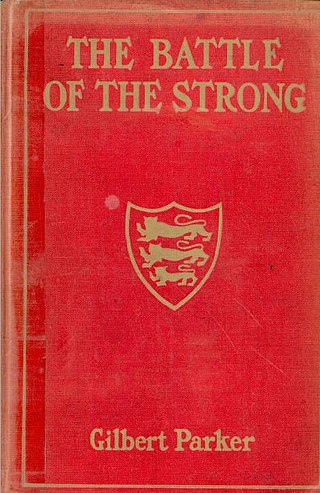
Arthur Frederick Hailey, AE was a Canadian novelist whose plot-driven storylines were set against the backdrops of various industries. His books, which include such best sellers as Hotel (1965), Airport (1968), Wheels (1971), The Moneychangers (1975), and Overload (1979), have sold 170 million copies in 38 languages.
The New York Times Best Seller list is widely considered the preeminent list of best-selling books in the United States. Since October 12, 1931, The New York Times Book Review has published the list weekly. In the 21st century, it has evolved into multiple lists, grouped by genre and format, including fiction and nonfiction, hardcover, paperback and electronic.

Ferguson Wright Hume, known as Fergus Hume, was a prolific English novelist, known for his detective fiction, thrillers and mysteries.

The Bookman was a literary journal established in 1895 by Dodd, Mead and Company

Return to Peyton Place is a 1959 novel by Grace Metalious, a sequel to her best-selling 1956 novel Peyton Place.
A bestseller is a book or other media noted for its top selling status, with bestseller lists published by newspapers, magazines, and book store chains. Some lists are broken down into classifications and specialties. An author may also be referred to as a bestseller if their work often appears in a list. Well-known bestseller lists in the U.S. are published by Publishers Weekly, USA Today, The New York Times, and IndieBound. The New York Times tracks book sales from national and independent bookstores, as well as sales from major internet retailers such as Amazon.com and Barnes & Noble.

Francis Hopkinson Smith was an American author, artist and engineer. He built the foundation for the Statue of Liberty, wrote many stories and received awards for his paintings.
This is a list of bestselling novels in the United States in the 1910s, as determined by The Bookman, a New York–based literary journal (1910–1912) and Publishers Weekly. The list features the most popular novels of each year from 1910 through 1919.

The Litigators is a 2011 legal thriller novel by John Grisham, his 25th fiction novel overall. The Litigators is about a two-partner Chicago law firm attempting to strike it rich in a class action lawsuit over a cholesterol reduction drug by a major pharmaceutical drug company. The protagonist is a Harvard Law School grad big law firm burnout who stumbles upon the boutique and joins it only to find himself litigating against his old law firm in this case. The book is regarded as more humorous than most of Grisham's prior novels.

The Battle of the Strong is an 1898 novel by Gilbert Parker. It was first published in serial format in The Atlantic Monthly starting in January 1898, and as a single volume late in the same year. It was ranked as the tenth-highest best selling book overall in the United States for 1898, and appeared as high as Number 2 on the monthly bestseller list published in The Bookman in early 1899. The book is set in the Channel Islands, primarily during the period 1781-95, and opens with attempted invasion of Jersey by France in the Battle of Jersey.
The Broad Highway is a novel published in 1910 by English author Jeffery Farnol in the historical romance genre. Much of the novel is set in Sissinghurst, a small village in Kent.
This is a list of bestselling novels in the United States from 1895 through 1899, as determined by The Bookman, a New York–based literary journal. Without the international copyright law which came into force in 1891, these volumes could have been printed and published by anyone, the change in this state of affairs made it possible to compile accurate sales figures.

Caleb West, Master Diver is a novel published in 1898 by Francis Hopkinson Smith that was the best selling book in the United States in 1898. It was first serialized in The Atlantic Monthly from October 1897 to March 1898, and was published in book form by Houghton Mifflin in April 1898 with illustrations by Malcolm Fraser and Arthur I. Keller.

The Mississippi Bubble is a 1902 novel by American author Emerson Hough. It was Hough's first bestseller, and the fourth-best selling novel in the United States in 1902.

Jane Cable is a 1906 novel by George Barr McCutcheon, and was the fifth best-selling novel in the United States in 1906. It was also the best selling book in the United States for the month in the January 1907 issue of The Bookman. It was also serialized by newspapers in 1908.
The Prodigal Judge is a novel written by American novelist Vaughan Kester and published in 1911.

Caroline Abbot Stanley was an American author. Her best known book was the Civil War novel Order No. 11 (1904), which was a regional best seller.










